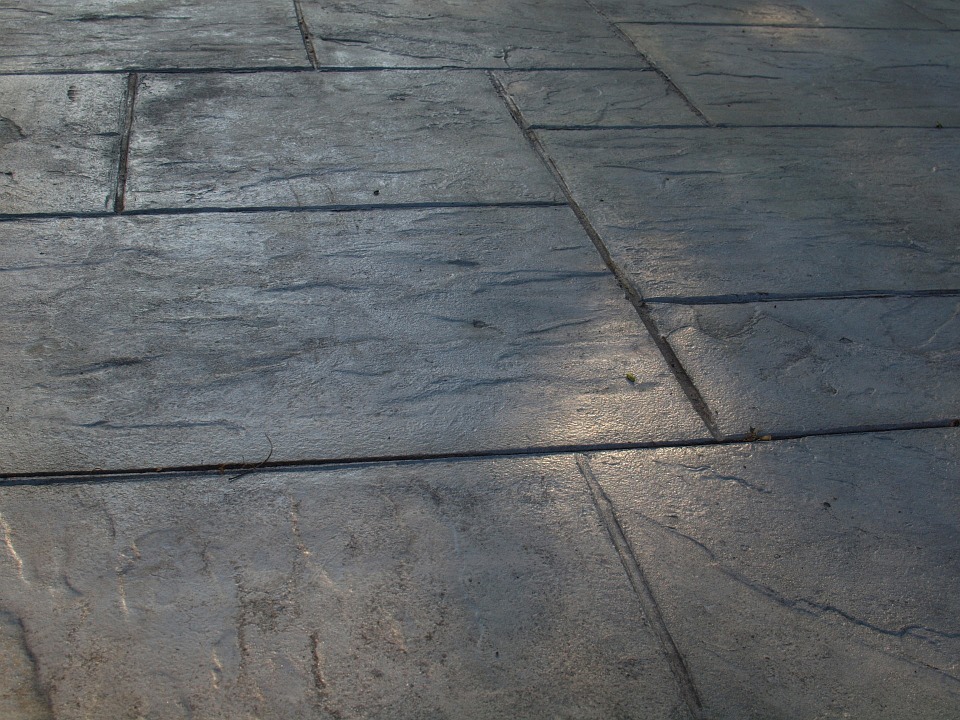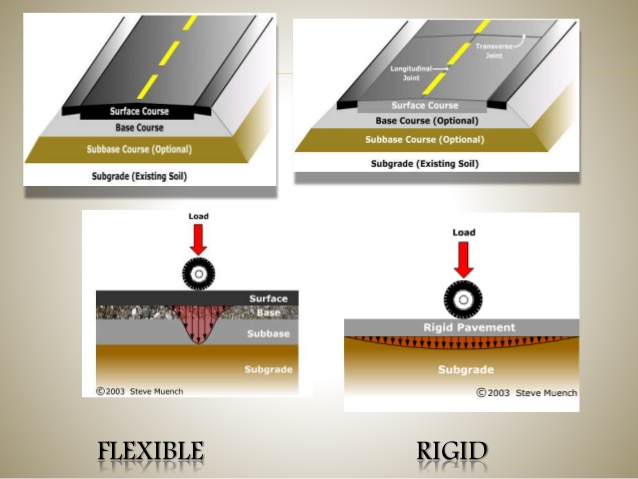- Email us at:info@misterconcrete.co.uk
When building a sidewalk, every builder needs to decide what they want to lay on the surface. The best option is that one which will last almost forever. Which material has this ability? What is the ultimate pavement type? Is it concrete, asphalt, sett or cobblestone? Let's compare all these and learn which one is the best!

Asphalt
It is maybe the most widely used material when it comes to the road and sidewalk surfaces. The main advantage is that it is rather cheaper than other above mentioned materials. Other thing is that it is easier to maintain it. And last but not least of the reasons is that it is also quite accessible for companies – you can get it on “every corner”.
But there are serious downsizes to its use. Asphalt is not very durable and weather conditions may damage it quite drastically. All of us know what roads look like after long and cold winter. Pot holes everywhere the eye can see.

Concrete
On the other hand, concrete is one of the most durable materials there is. If the company in charge of concreting does its job properly, almost every project, whether it is road, sidewalk or patio, can last, literary speaking, forever. Some (asphalt producers) may argue that concrete prices are very high and it is sometimes difficult to perform the concreting upon desired expectations but that is nonsense. Setting time of ready mix screed differs from cement type to cement type – e.g. Rapid-hardening Cement sets very quickly and is used for roads, patios and sidewalks.

Sett and Cobblestone
These two materials are very frequently confused. Sett is a material made of concrete and is laid on e.g. pedestrian areas. Of course it consists of aggregate but in Cobblestone you are able to see the “stones” because they are very important visible feature of this material. This material was widely used in medieval times as the surface of streets in big cities. It's very slippery but durable and the key binding material is floor screed mix – concrete with very smooth mixture of sand, cement and water.

source: image.slidesharecdn.com
Pavement Types
We talked about the use of asphalt and concrete on pavement surfaces. these two create two basic types of pavement: Rigid Pavement and Flexible Pavement.
First mentioned pavements are steel reinforced and covered with ready mix screed which is on top of concrete. They are more durable and can sustain more load, therefore they are used on very frequent roads (mostly crossroads, bus stops etc.). They are not that flexible but can serve longer time (20 – 40 years) with very little maintenance or rehabilitation.
Second mentioned are pavements covered with bituminous materials (widely known as Bituminous Surface Treatment or BST) – aggregate is mixed with asphalt and covers the base which consists of crushed rock (different sizes of aggregate) and sand. This type of pavement is not that durable but is cheaper.
categories
latest posts
- Expert Tips for Choosing the Best Screed for Underfloor Heating (UFH)
- 15 Must-Have Tools for Working with Raw Concrete
- What exactly does high quality mean when it comes to ready mix concrete?
- Concrete construction safety: Make sure you follow these important rules
- Prefabricated Houses - Is This the Future of UK Housing?
- Useful tips for pouring concrete during cold weather
services
Mister Concrete serves domestic, commercial and industrial clients delivering high quality certified ready mix and onsite mixed concrete.
Get in touch with us now
Do not hesitate to use our contact form or give us a call and one of our professionals will be happy to help.
comments